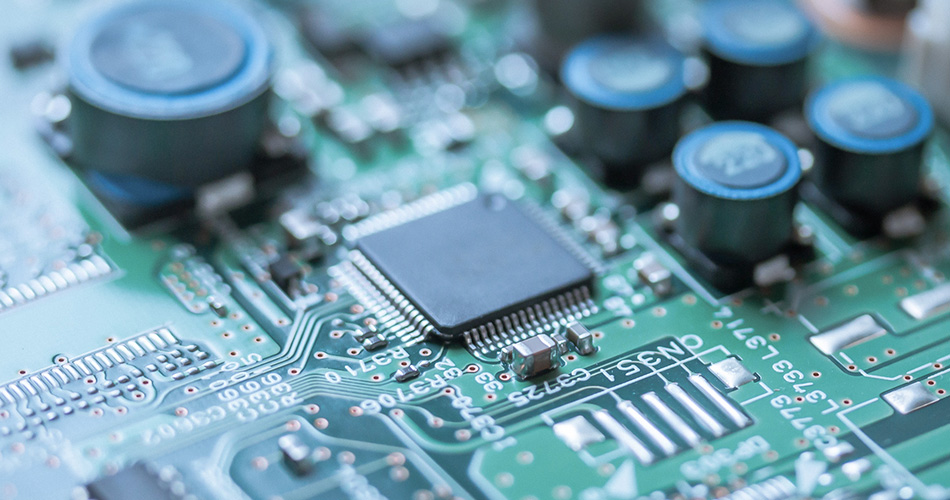- English
- Español
- Português
- русский
- Français
- 日本語
- Deutsch
- tiếng Việt
- Italiano
- Nederlands
- ภาษาไทย
- Polski
- 한국어
- Svenska
- magyar
- Malay
- বাংলা ভাষার
- Dansk
- Suomi
- हिन्दी
- Pilipino
- Türkçe
- Gaeilge
- العربية
- Indonesia
- Norsk
- تمل
- český
- ελληνικά
- український
- Javanese
- فارسی
- தமிழ்
- తెలుగు
- नेपाली
- Burmese
- български
- ລາວ
- Latine
- Қазақша
- Euskal
- Azərbaycan
- Slovenský jazyk
- Македонски
- Lietuvos
- Eesti Keel
- Română
- Slovenski
- मराठी
- Srpski језик
Surface coating technology in PCBA processing
2024-09-17
PCBA processing is one of the key links in the modern electronic manufacturing process, and surface coating technology plays an important role in PCBA processing. This article will explore in depth the surface coating technology and its application in PCBA processing.

Introduction to surface coating technology
Surface coating technology refers to a process of coating on PCB (Printed Circuit Board) or PCBA (Printed Circuit Board Assembly). Its purpose is mainly two aspects: one is to protect the circuit board and components, prevent oxidation, corrosion and other problems; the other is to improve the appearance and durability of the circuit board.
Common surface coating technology
1. Spraying technology
Spraying technology is a method of spraying paint on the surface of the circuit board through a dedicated spraying equipment. This technology is simple and easy to use, suitable for small batch production and rapid prototyping, but it has high requirements for the adhesion and uniformity of the paint.
2. Dip coating technology
Dip coating technology is a method of immersing the circuit board in the paint so that the paint covers the entire surface of the circuit board. This technology is suitable for mass production and can achieve better coating uniformity and quality stability.
3. Spraying technology
Spraying technology is a method of forming a metal coating on the surface of a circuit board using electrochemical principles. Common spraying technologies include tin spraying, lead spraying, etc., which can improve the conductivity and corrosion resistance of the circuit board.
4. Vacuum evaporation technology
Vacuum evaporation technology is a method of evaporating metal or other materials into gas and then depositing a thin film on the surface of the circuit board. This technology is suitable for surface coatings that require high precision and high requirements, such as anti-electromagnetic interference (EMI) coatings.
Application of surface coating technology
1. Anti-corrosion protection
Surface coating technology can effectively prevent circuit boards and components from being affected by oxidation, corrosion, etc., and improve the service life and stability of circuit boards.
2. Improve appearance
Through surface coating technology, the appearance quality of the circuit board can be improved, making it look more beautiful and high-end.
3. Improve conductivity
Some special surface coating technologies, such as spraying technology and vacuum evaporation technology, can improve the conductivity and signal transmission performance of circuit boards.
4. Add functions
Surface coating technology can also achieve some special functions, such as anti-static coating, fireproof coating, anti-electromagnetic interference (EMI) coating, etc., to meet the functional and performance requirements of different products.
Conclusion
Surface coating technology is of great significance in PCBA processing. It can protect circuit boards and components, improve appearance quality, improve functional performance, and enhance product competitiveness. With the continuous advancement and development of science and technology, surface coating technology will continue to innovate and improve, bringing more development opportunities to the electronics manufacturing industry.
-
Delivery Service






-
Payment Options









